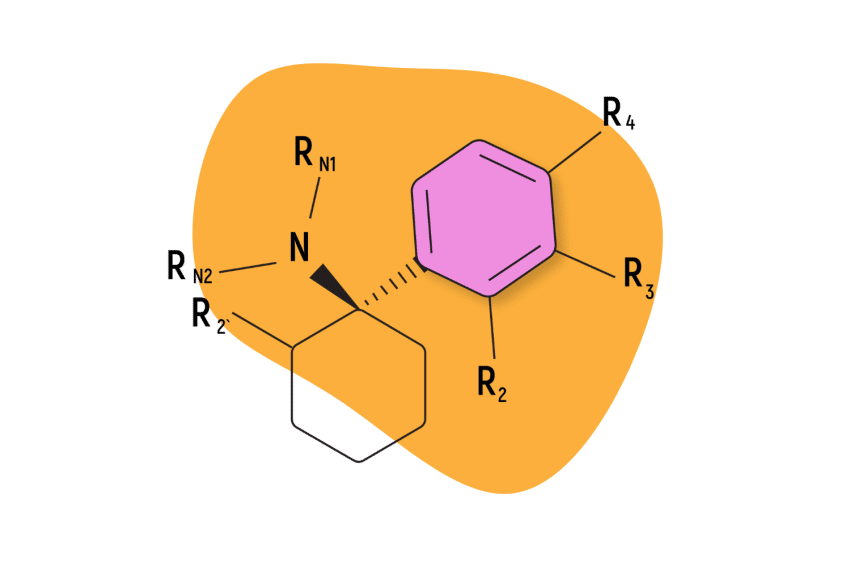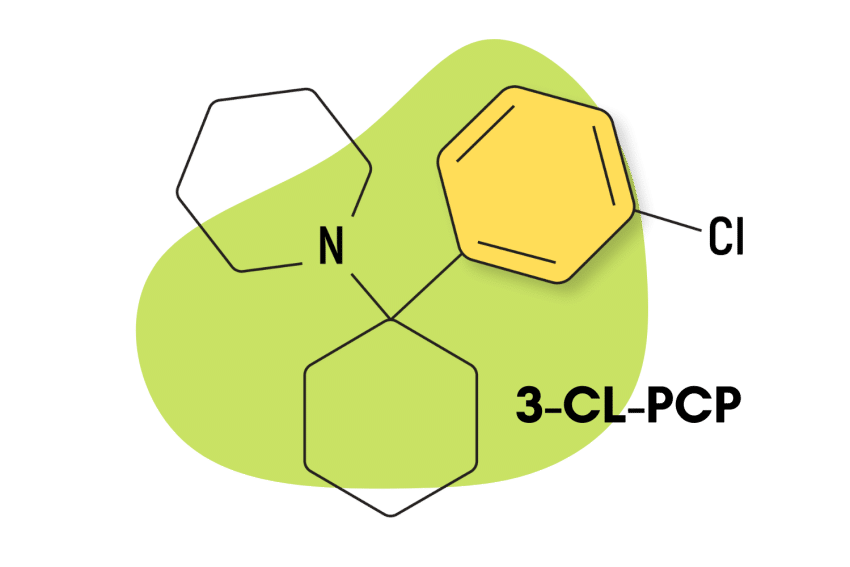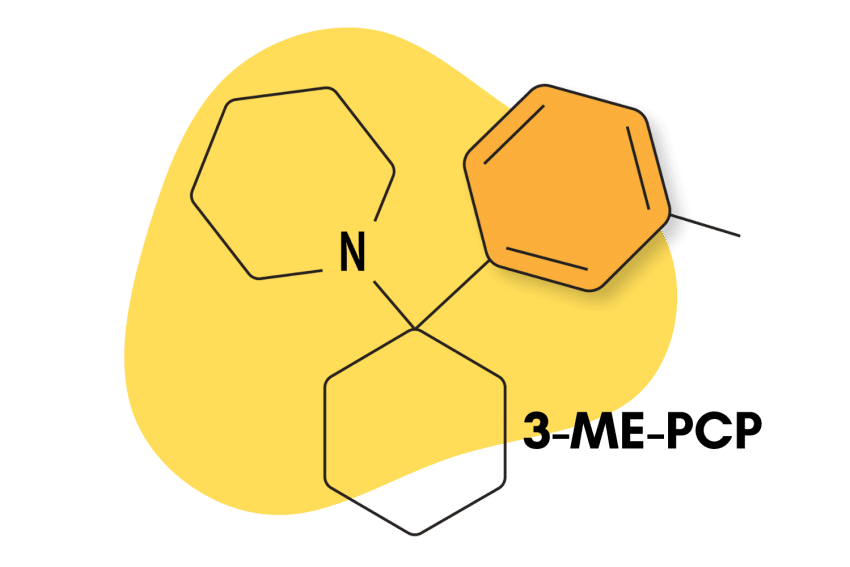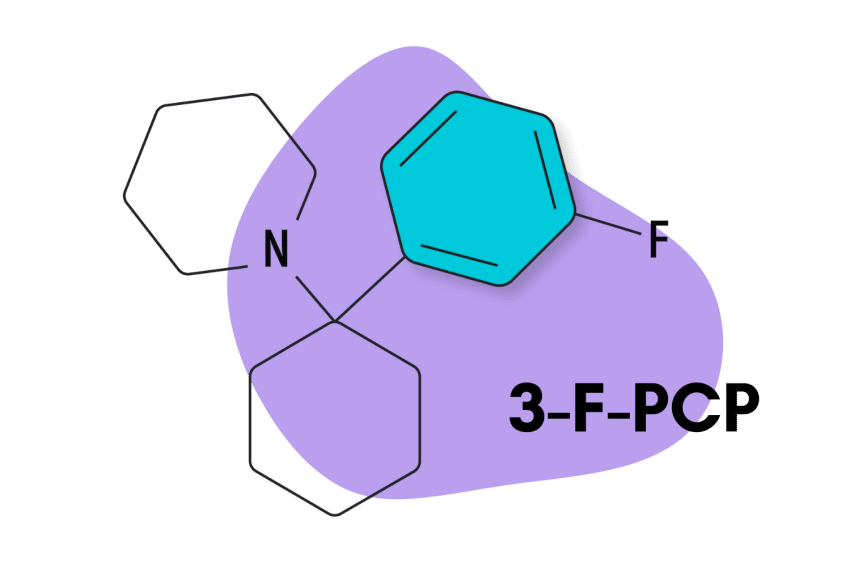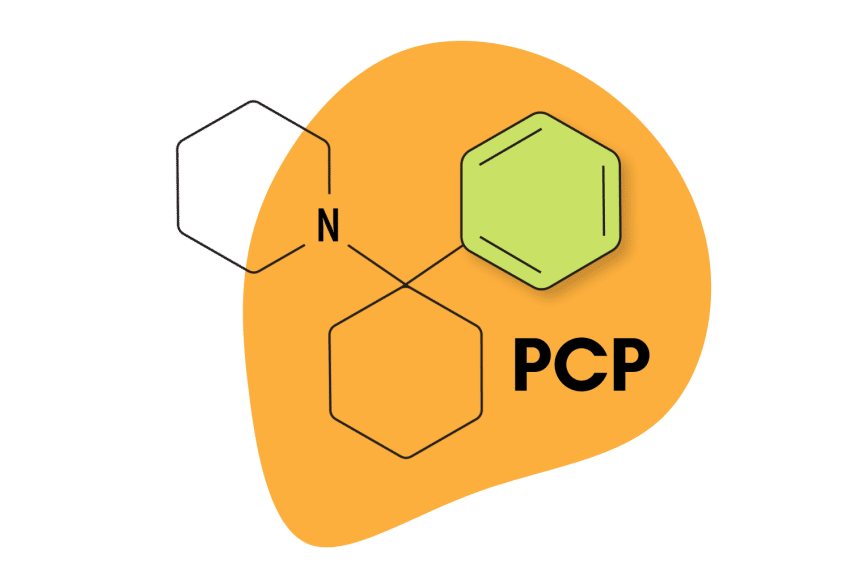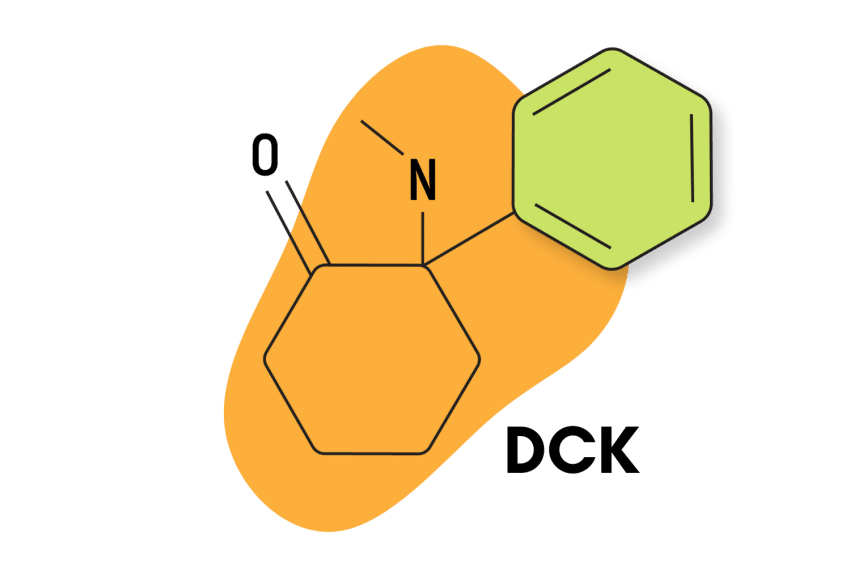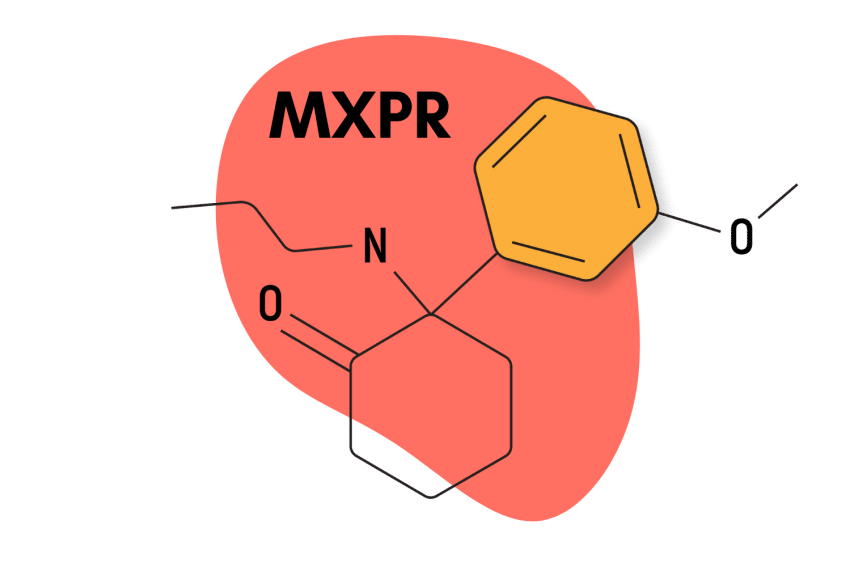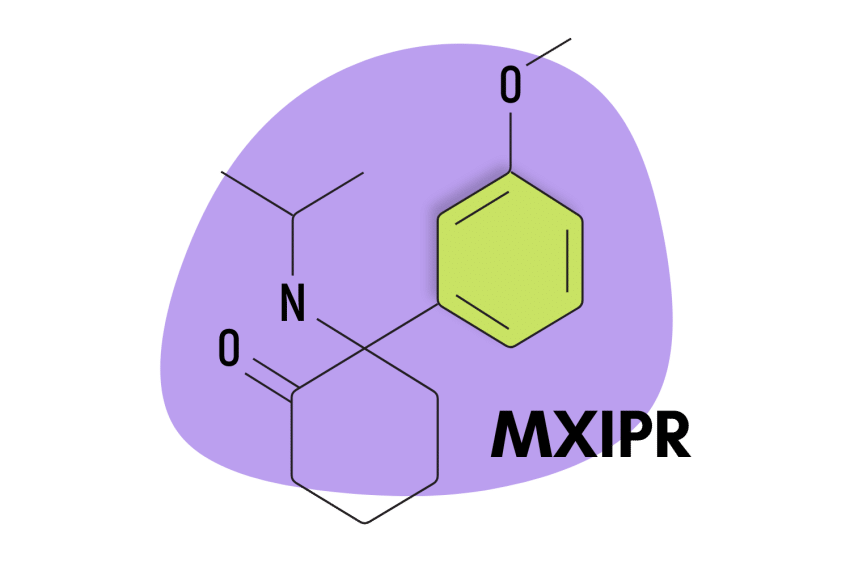3-Me-PCPy (Arylcyclohexylamine Analog)
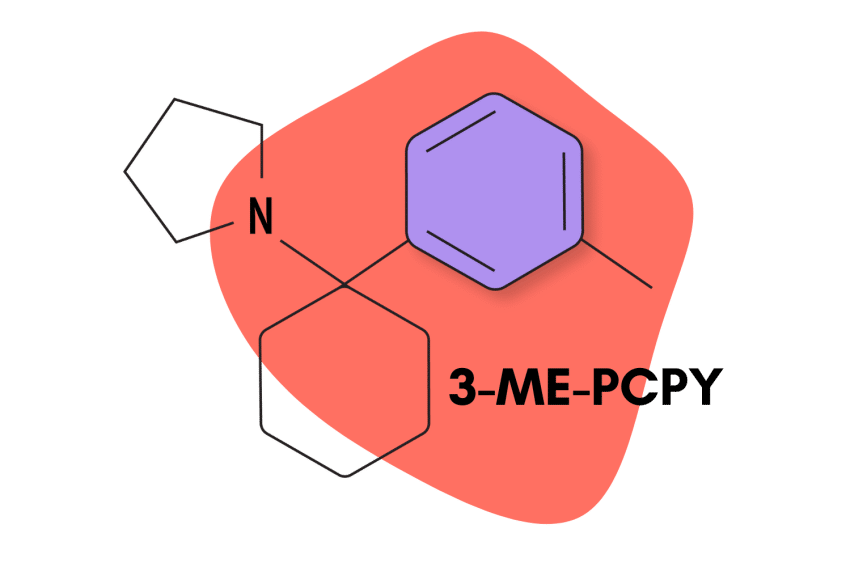
3-Me-PCPy is an arylcyclohexylamine compound with dissociative effects. It’s a functional analog of another member of this class called PCPy.
Analog compounds to PCPy — like 3-Me-PCPy — have not been widely observed in the online research chemical market. There was a brief moment when you could find 3-MeO-PCPy in the past, but information on it was always limited. Typically, PCPy and its analogs are mostly used as street drugs since clandestine laboratories manufacture them to avoid legal restrictions on PCP (phencyclidine).
Since PCPy has not gained much attention within internet psychonaut communities, there is a scarcity of documented experiences on its effects. The infamous psychedelic chemist Alexander Shulgin noted that PCPy produces notable sedative effects — which makes it different from most PCP analogs that have a more stimulating action.
Due to its close chemical relation to PCP, 3-Me-PCPy is functionally illegal in countries with established analog laws, like the UK, Germany, and Japan. Here, this analog remains a research chemical.
3-Me-PCPy is technically legal in the United States via the Federal Analogue Act.
3-Me-PCPy Specs
| Chemical Name | 3′-Me-PCPy |
| Level of Risk | Moderate to High |
| Other Names | N/A |
| Most Common Side Effects | Psychosis, Seizures, Anxiety, Paranoia, Agitation, Confusion. Increased heart rate and blood pressure, Palpitations, Chest pain, and Difficulty breathing. |
| Duration of Effects | Four to eight hours |
| Estimated Threshold Dose | 5 – 10 mg (orally) |
| Common Dose | Unknown |
| Legality/Status | Research Chemical |
| PubChem ID: | 137332188 |
| CAS# | 1622348-63-3 |
Tripsitter Safe 3-Me-PCPy Guidelines
- 🐍 I understand why arylcyclohexylamines should be treated with respect
- ⚖️ I’m familiar with the laws for arylcyclohexylamine class in my country & state
- 🍄 I’m familiar with and confident in the dose I’m taking
- 🧪 I’ve tested a sample of the substance I’m using with a drug-testing kit
- 💊 I’m not mixing any medications or other substances with 3′-Me-PCPy
- 🏔 I’m in a safe & comfortable environment with people I trust
- 🐺 One of the members of my group is responsible and sober (AKA a trip sitter)
- ⏳ I have nothing important scheduled for after the trip
- 🧠 I’m in a sound & healthy state of mind
- ❤️ I don’t have any underlying health issues — don’t take 3′-Me-PCPy if you have underlying heart, neurological, or psychiatric disorders
- 👭 Use the buddy system — 3′-Me-PCPy can remove your inhibition and allow you to make unsafe decisions, always stay with people you trust, and never go out alone
What Are The Effects of 3-Me-PCPy?
Human studies on the subjective effects of 3′-Me-PCPy have not been conducted. As such, it’s quite hard to speculate on the particular ‘feel’ of its psychoactive properties. Because of its close relation to PCP, we obviously know the general qualities of its dissociative effects, but when it comes to the specifics and how they might differ from its close analogs, there’s not much to go on.
To find this information, users usually turn to popular designer drug forums where posters describe in minute detail their experiences with all types of compounds. However, as explained before, 3′-Me-PCPy was never a popular drug in this community.
Let’s start with the generalities of PCP analogs and then see what we can learn about 3′-Me-PCPy specifically.
As a psychoactive PCP analog, 3′-Me-PCPy likely displays the potent stimulating and dissociative effects associated with PCP. In terms of the high, PCP is frequently compared to dissociatives like ketamine, and DXM is much more intense and unpredictable. And when it comes to higher doses, users have been known to lose conscious control and become manic and even dangerous [1].
Here’s what we know specifically about 3′-Me-PCPy:
- Alexander Shulgin, its creator, said that it has remarkable sedative effects
- 3-Me-PCPy showed high affinities for DAT, NET, and SERT comparable to or higher than its NMDAR affinity (39, 45, 5.6, and 52.3 nM, respectively), which was not shared by its PCP counterpart 3-Me-PCP. Furthermore, 3-Me-PCPy was also shown to act as a reuptake inhibitor at these transporters [2].
- 3-Me-PCPy has been shown to produce both dissociative and stimulant effects in animal behavior studies [3].
Again, this doesn’t tell us much about the details of its subjective effects, so proceed with caution when it comes to this compound.
References
- Koseki, T., & Nabeshima, T. (2010). Phencyclidine abuse, dependence, intoxication, and psychosis. Nihon Rinsho. Japanese Journal of Clinical Medicine, 68(8), 1511-1515.
- Maurer, H., & Brandt, S. D. (2018). New Psychoactive Substances. Homburg (Saar): Springer.
- Wallach, J., Paoli, G. D., Adejare, A., & Brandt, S. D. (2014). Preparation and analytical characterization of 1-(1-phenylcyclohexyl) piperidine (PCP) and 1-(1-phenylcyclohexyl) pyrrolidine (PCPy) analogues. Drug Testing and Analysis, 6(7-8), 633-650.

